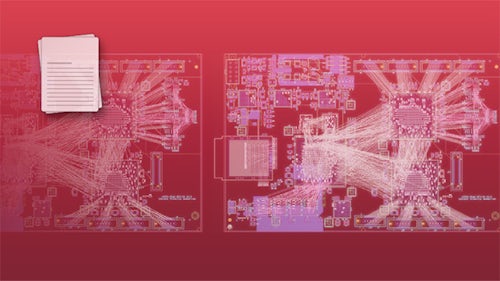Using FPGA I/O optimization to design PCBs more cost effectively
Detailing impacts to profit margin
Accelerating system constraint convergence
Accelerating system physical design and minimizing manufacturing costs
Profit margin is the last domino in the impact decision chain
Understanding the barriers to PCB optimization
Design complexity
Risk analysis and aversion
Design team organization and silos
Traditional design processes
Historic design support infrastructure
Time to market constraints
Availability of tools
How PCB optimization technology helps
Capitalizing on the emergence of FPGA adoption and leveraging the power of FPGA interface flexibility has allowed early adopters of PCB optimization technology to experience fantastic results:
Eliminating a minimum of one man-week per 500 FPGA pins on the system PCB design.
Reducing trace length by 25% to 50% and enjoying a corresponding performance increase
Eliminating up to 150 PCB vias for every 500 FPGA pins
Reductions in interface design times as much as 60%
Transforming un-routable PCBs into routable PCB using the same PCB layer stackup
Total design cycle reduction by as much as 50%
The power and flexibility of FPGA devices continues to evolve as well as the expertise and experience of using that flexibility and power to optimize PCB designs. The survival question to ask yourself is: Are you on the PCB optimization path?
Learn more about FPGA/PCB Co-Design.
